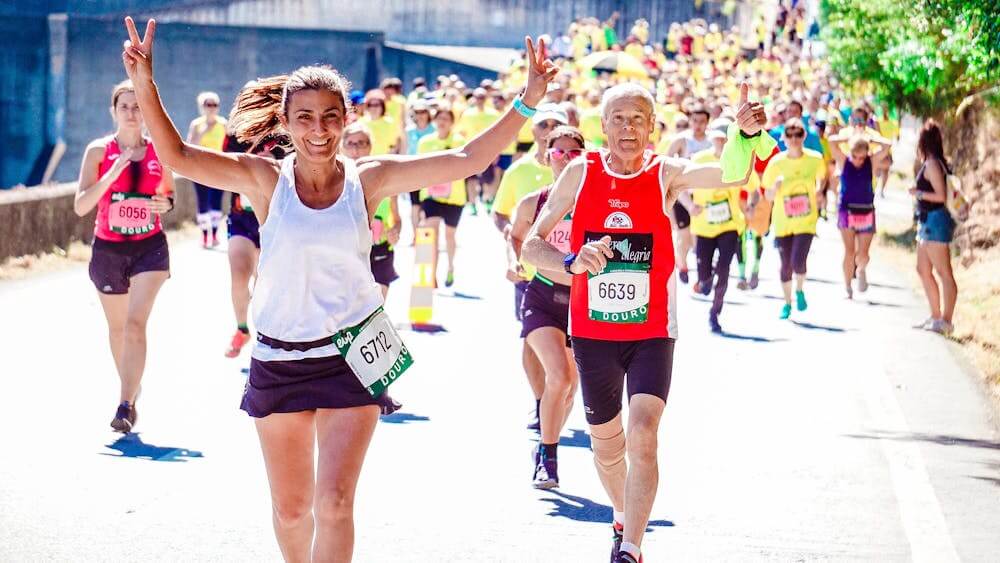Whether you’re a marathon runner or a track athlete, it’s crucial to prepare correctly. This prevents injury, improves performance and aids recovery.
Here are six essential tips to keep your feet in peak condition.
1. Wear the Right Running Shoes
Not all running shoes are equal, just as no two pairs of feet are the same. Make sure your shoes are right for the terrain and distance you plan to run. Your footwear must support and cushion your feet correctly, whatever your sport.
If you need a new pair of trainers, don’t buy them at the last minute. You must allow time to wear them in gradually, otherwise you’ll end up with blisters. These are very painful and certain to impede your performance as a runner, if not bring you to a halt altogether.
2. Don’t Forget Your Socks
These are just as important as your shoes. Sweaty feet and badly fitting socks cause discomfort, friction and blisters. They can also lead to painful fungal infections – none of which bodes well for race day.
3. Regular Foot Care
This is essential for all of us but particularly vital if your feet are under the extra pressure of long-distance running. Always keep your nails neatly trimmed and filed. If they get too long, you risk an ingrown toenail or black toe.
The latter occurs if your nail repeatedly bashes into your running shoe, which stresses the nail and causes bleeding underneath. This can be very painful, but keeping your nails nice and short certainly reduces the risk of this happening.
Ensure you wash and dry your feet every day to avoid fungal infections. Use a good foot moisturiser to keep the skin soft and supple. This stops it from drying out and cracking – a painful situation that may lead to infection.
4. Warm Up and Cool Down
This is necessary for any physical activity, but don’t overlook your feet. Stretching is vital for the muscles and soft tissues of the legs and feet. Quads, hamstrings, glutes and calf muscles should all be included and don’t forget your Achilles tendons. These are all necessary to provide strength, balance, shock absorption and mobility.
A gentle foot massage after running eases tired muscles. Soaking in cold or icy water is essential to reduce inflammation and also helps with soreness.
5. Train Properly
Build up to your intended distance gradually over time. This helps your feet to reach the right level of fitness without causing injury. Train regularly but also incorporate rest days into your schedule. This allows your feet (and the rest of you) to recover and build up their strength.
6. Biomechanical Assessment
Everyone has their own running style, depending on their height, stride length, posture and gait. This means that certain muscles may be under more strain than others. All these factors have an impact on the type of running shoes you wear, the way you warm up and cool down, and how you train generally.
Your podiatrist can give you a complete biomechanical assessment and gait analysis to check all aspects of your movement, posture and balance – the ideal place to start before you even buy your running shoes or begin training.
Ask a Podiatrist
Enjoy your sport and prevent injury with the help of our expert podiatrists. We’re here to help with footwear advice, stretching and strengthening exercises, treatment for specific conditions and advice on daily foot maintenance.
And, of course, everyone is welcome at Feet By Pody (not just athletes) because we’ve all got feet!

